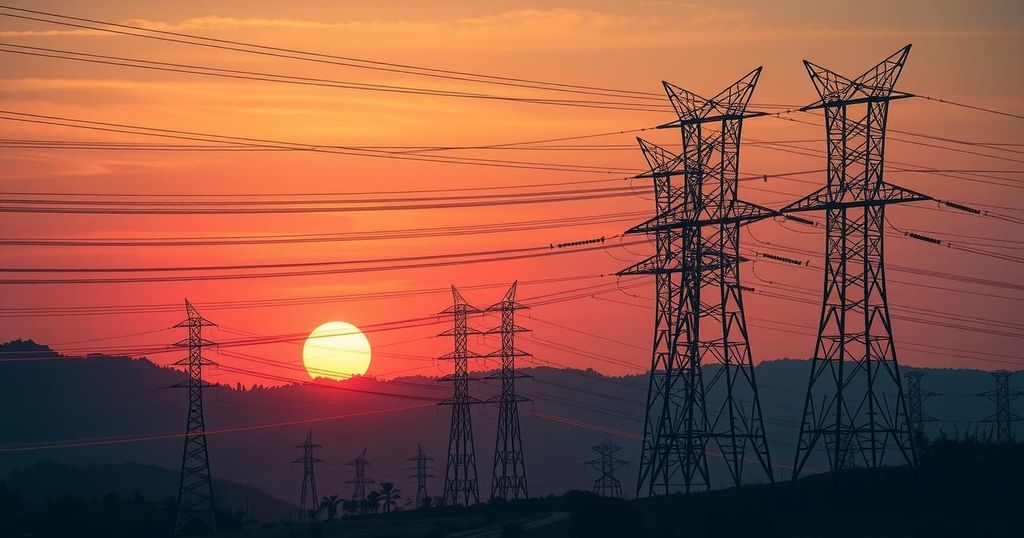Peru’s power grid is under pressure from rising demand, resulting in strains and overloads. These issues highlight the need for urgent infrastructure improvements and strategic investments to maintain reliable power supply in the face of growing consumption demands.
Peru’s power grid is currently experiencing significant constraints and instances of overload, which pose critical challenges to the national electrical supply. These issues arise from increasing demand that exceeds the system’s capacity, leading to reliability concerns and potential service interruptions. As the economy grows, the strain on the grid requires immediate attention to upgrade and expand infrastructure to avoid adverse effects on consumers and industries alike.
The context of the constraints in Peru’s power grid can be attributed to a combination of rising electricity demand, aging infrastructure, and insufficient investment in new capacity. Historically, the grid has been a vital element for economic development, yet it is now showing signs of stress as more consumers and businesses connect to the system. Moreover, environmental factors and an increasing shift towards renewable resources further complicate grid management, necessitating comprehensive strategic planning.
In summary, Peru’s power grid is facing critical overloads and restrictions largely due to increasing demand and inadequate infrastructure to support it. Addressing these challenges will require strategic investment in technology and infrastructure to ensure reliability and sustainability of electricity supply for the growing population.
Original Source: www.bnamericas.com






